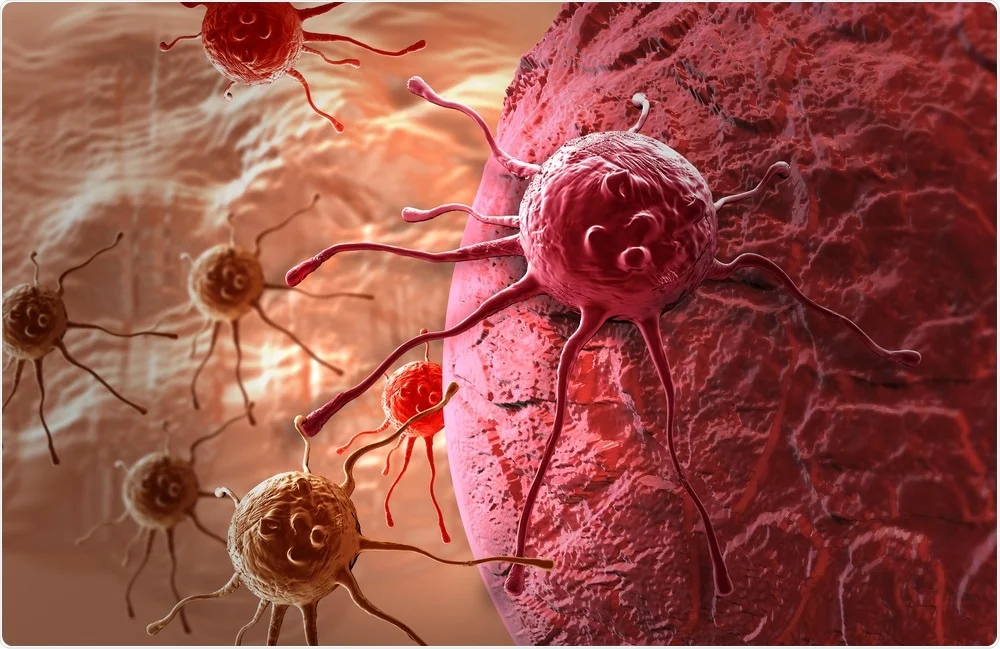Cancer remains one of the most formidable challenges in modern medicine, accounting for millions of lives lost worldwide each year. However, amidst the complexity of this disease, there is a beacon of hope: advancements in cancer detection. With innovative technologies and evolving methodologies, scientists and medical professionals are pioneering new ways to detect cancer earlier, leading to improved outcomes and better prognoses for patients.
Page Contents
The Importance of Early Detection
Early detection is paramount in the battle against cancer. When cancer is detected at an early stage, treatment options are often more effective, and the chances of successful recovery are significantly higher. Unfortunately, many types of cancer are asymptomatic in their early stages, making detection difficult until the disease has progressed to a more advanced state. This underscores the critical need for sensitive and reliable cancer detection methods.
Innovations in Imaging Technologies
One of the most significant developments in cancer detection lies in the realm of imaging technologies. Techniques such as magnetic resonance imaging (MRI), computed tomography (CT) scans, and positron emission tomography (PET) scans have revolutionized the way cancer is diagnosed. These imaging modalities allow clinicians to visualize tumors with remarkable precision, often detecting them at sizes not visible through traditional methods.
Furthermore, advancements in imaging resolution and contrast agents have enhanced the ability to distinguish between cancerous and healthy tissues, improving diagnostic accuracy and reducing the need for invasive procedures.
Liquid Biopsies: A Game-Changer
In recent years, the emergence of liquid biopsies has transformed the landscape of cancer detection. Unlike traditional biopsies that require the extraction of tissue samples from a tumor site, liquid biopsies analyze blood samples for circulating tumor cells (CTCs), cell-free DNA (cfDNA), and other biomarkers indicative of cancer.
Liquid biopsies offer several advantages over conventional methods. They are minimally invasive, allowing for easier monitoring of disease progression and treatment response. Moreover, liquid biopsies can detect cancer at an early stage and provide valuable insights into tumor heterogeneity, guiding personalized treatment strategies.
Artificial Intelligence: Enhancing Diagnostic Accuracy
Artificial intelligence (AI) has emerged as a powerful tool in cancer detection, leveraging machine learning algorithms to analyze medical imaging data and identify patterns indicative of malignancy. AI-based systems can process vast amounts of data with unparalleled speed and accuracy, assisting radiologists and pathologists in interpreting complex imaging studies and biopsy results.
By augmenting human expertise with AI-driven insights, healthcare professionals can make more informed decisions, leading to earlier cancer diagnoses and improved patient outcomes.
Challenges and Future Directions
While significant progress has been made in cancer detection, challenges remain. Access to advanced diagnostic technologies and healthcare disparities continue to hinder early detection efforts, particularly in underserved communities. Additionally, the development of more sensitive and specific biomarkers remains an ongoing area of research.
Looking ahead, the integration of multidisciplinary approaches, including genomics, proteomics, and immunology, holds promise for further advancing cancer detection capabilities. Collaborative efforts between researchers, clinicians, and industry partners will be crucial in driving innovation and translating scientific discoveries into clinical practice.
In conclusion, advancements in cancer detection are reshaping the landscape of oncology, offering new hope in the fight against this devastating disease. Through the continued integration of cutting-edge technologies, early detection strategies, and collaborative research efforts, we can empower healthcare professionals to detect cancer sooner, ultimately saving lives and improving patient outcomes.




